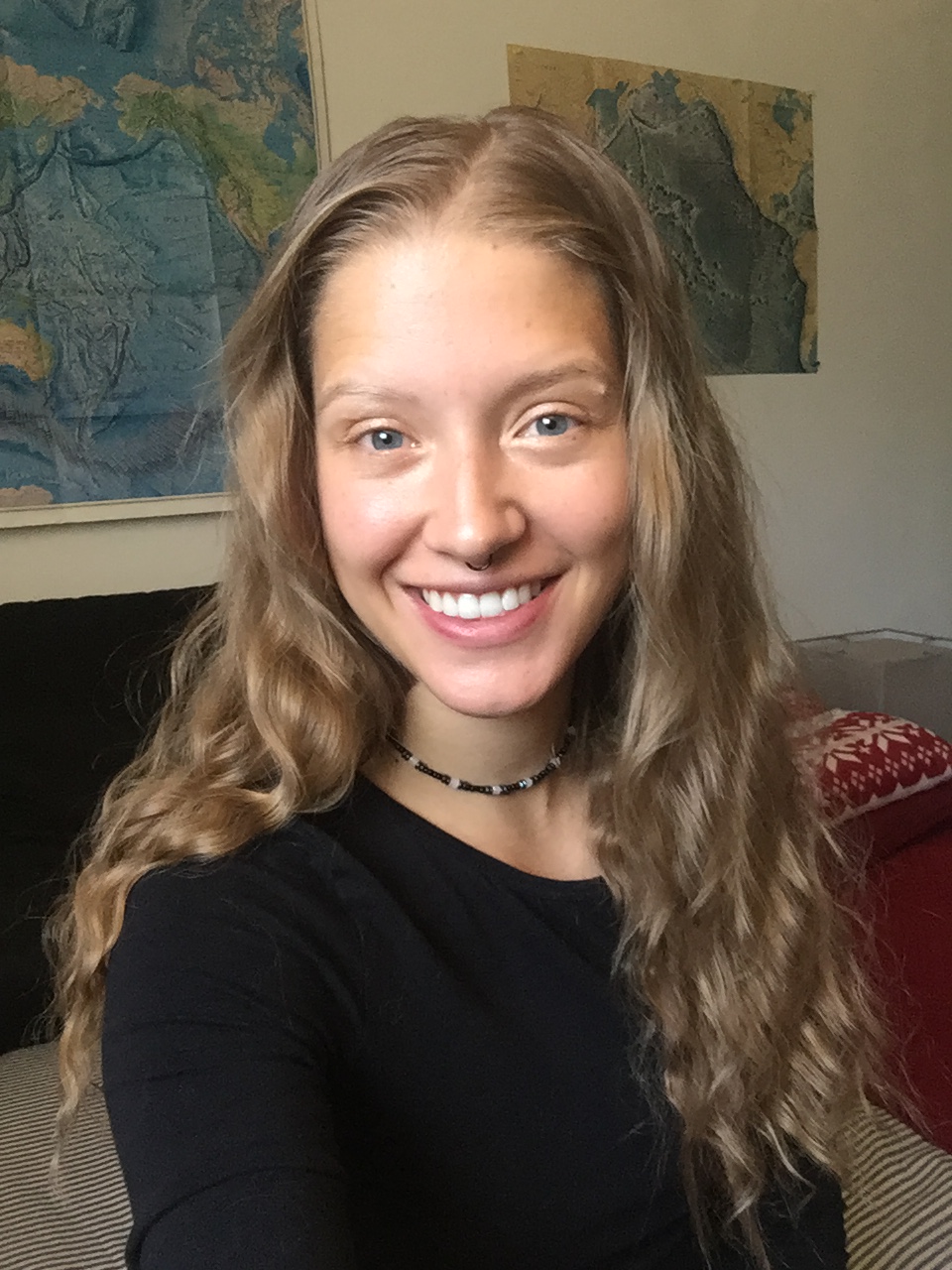
Kate Hickman grew up in Sedalia, Missouri and Provo, Utah and is currently working at Utah Valley University with Dr. Geoffrey Zahn!
Tell us about your project!
We’re analyzing samples taken from mangroves to assess potential interactions between fungi and bacteria. Our aim is to provide information that leads to more effective nursery practices with mangrove sapling inoculation so that reforesting strategies are more successful.
Which awards would you like to brag about?
Student of the Year – UVU College of Humanities and Social Science
NSF Research Assistant
What are your career goals/plans for after you’re done with your current position?
I plan to be a marine mycologist, studying fungal communities in coastal ecosystems, from mangroves to seagrass to corals. I am also very interested in tropical rain forest ecosystems. I’m also very interested in science communication for advocacy groups and politics. I hope to help reduce the gap between scientific knowledge and community initiatives or political movements.
What is your favorite fungus and why?
I love lichens (in general), although I am probably most familiar with Xanthoria parietina. Lichens are amazing because they embody many of the complicated and incredible aspects of ecology, all within a few centimeters. Their ability to form multiple symbioses is particularly inspirational, and exemplifies a lesson that everyone would benefit to learn from.

What is your favorite fact/thing about fungi?
I am absolutely enthralled with mycelia. The fact that most of the fungus is invisible to humans, in tandem with the integral role that these structures play, makes fungi seem even more fantastic. So much mysticism surrounds this kingdom, and I feel very excited to be entering this field as a professional.
Who is your mycology role model?
Bitty Roy, University of Oregon and Geoffrey Zahn, Utah Valley University
Any great stories from field work (funny/interesting/something that stuck out to you)?
This story is a little less field work and little more mushroom hunting: A few comrades (non-mycologists) and I were out on a casual hike after a good rain and happened upon a few Amanita mushrooms. We got really excited and took several photos then went on to finish our hike. As we continued up the mountain, we saw more and more Amanitas until we stumbled upon an absolute grove of them (I believe they were either Amanita flavoconia or A. muscaria)! I even found one with a cap that exceeded a foot in diameter, which is relatively uncommon in Utah. Once we had our fill of photos and excitement, I told my comrades there was a high probability that these mushrooms were fatal when ingested and one of them almost fainted!
What do you like to do in your free time? What are your hobbies?
I love most hobbies that get me outside, from winter sports to rock climbing and everything in between! I also enjoy needle art, foraging (urban and feral), performing arts, writing, reading, journalism, public speaking, baking, biking, and homework.
Anything else you’d like to talk about?
I think advocacy, empathy, and being well-informed are crucial to being a good human and a great scientist. I am very interested in helping others to understand the natural world; moreover, to care about and for it. I try to enrich the lives of everyone I come into contact with, and continue to do my best to leave the natural world an ever-better place.


Leave a Reply